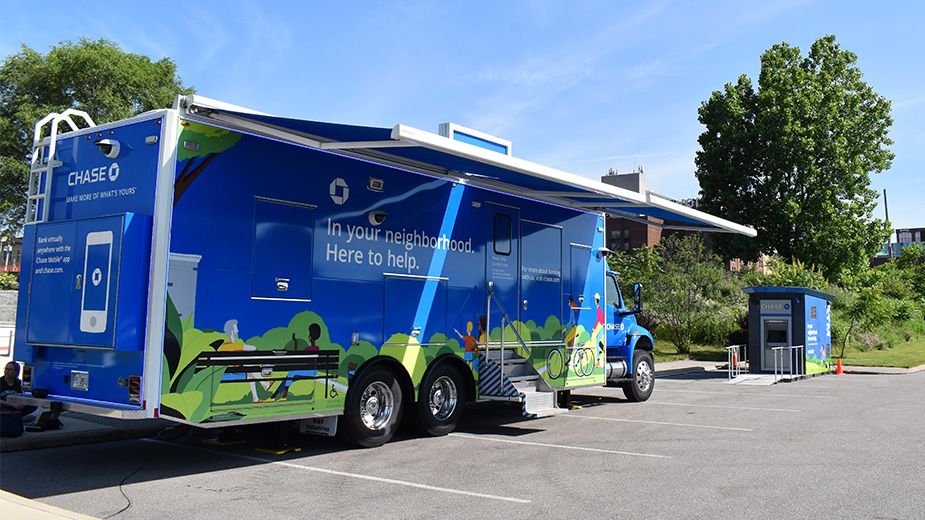Low Consumption of Services Holds Back Expansion
CLEVELAND — Economic growth since the end of the Great Recession has been subdued and how consumption patterns have changed in this recovery – especially of services — help to explain why, two researchers at the Federal Reserve Bank of Cleveland find.
In a paper released last week, two economists in the Cleveland Fed’s research department, Daniel Carroll and Amy Higgins, looked at the four recoveries since the early 1980s and how consumers bought durable goods, nondurable goods and services. Services include health care.
Since consumer consumption makes up some 70% of the economy, it pretty much reflects how the economy behaves but they are not identical, Carroll and Higgins write. Consumer consumption is less volatile than the economy as a whole.
“Even when durables and nondurables consumption growth is strong,” they conclude, “the large share that services now comprise of aggregate consumption [roughly two-thirds] means that services largely determine the path for the level of aggregate consumption.”
The first eight quarters of the recovery that began in the fourth quarter of 1982 were by far the strongest — growth was 14% — and the first eight quarters that followed the Great Recession the weakest of the four at just over 4%.
Consumption of durables was the strongest in the eight quarters of late ’82 to late ’84, 25%, while the first eight quarters of the latest recovery saw only 2%. In the 1982 recovery, Carroll and Higgins found, “durables growth initially was subdued, growing only at the same pace as [the economy] in its [first] quarter. Over the next seven quarters, however, durables consumption grew so rapidly that while [the economy] grew 14% over two years, durables grew by 25%.”
Nondurables are another story. While they still represent a larger share of the economy than durable goods, their share has been falling to 22% today from 33% in the early 1980s. In the latest recovery, their ”magnitude of growth has not been large enough … to have had more than a minimal impact,” the authors write.
In the expansion that began in late 1982, nondurables grew some 4% over eight quarters compared to 12% in the eight quarters that followed June 30, 2009.
“Services make up the largest share of aggregate consumption – roughly two-thirds today,” Carroll and Higgins say, but “services also tend to be less volatile than [the economy].” During a recession, consumption of services falls less “and remain[s] at prerecession levels.”
During recoveries, consumption of services tends to closely follow the rate of expansion. “For this reason, services usually explain less of the change in consumption from quarter to quarter. Coming out of the last recession, services consumption has risen a bit more sluggishly than it did in [the three] previous recoveries.”
The graph provided in their analysis shows growth of services at 3.5% from July 1, 2009, to June 30, 2011, where it grew nearly 13% in the eight quarters that began Oct. 1 1982, and ended Sept. 30, 1984.
In the 1991 recovery, growth of services was just under 10% the first eight quarters and the recovery that began the fourth quarter of 2001 saw 7% growth the first eight quarters.
Source: Federal Reserve Bank of Cleveland
Copyright 2024 The Business Journal, Youngstown, Ohio.


